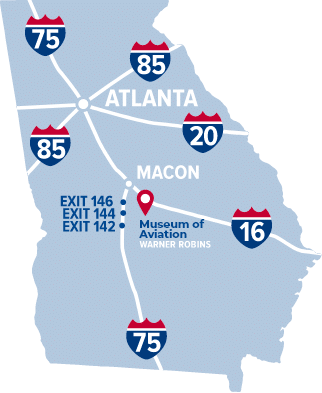The U-2 was designed and built for surveillance missions in the thin atmosphere above 55,000 feet. An unusual single-engine aircraft with sailplane-like wings, it was the product of a team headed by Clarence L. “Kelly” Johnson at Lockheed’s Skunk Works in Burbank, California. The U-2 made its first flight in August 1955 and began operational service in 1956. Its employment was kept secret until 1 May 1960, when a civilian-piloted U-2 was downed on a non-USAF reconnaissance flight over Soviet territory.
USAF U-2s have been used for various missions. On 14 October 1962, Maj. Richard S. Heyser piloted a U-2 over Cuba to obtain the first photos of Soviet offensive missile sites. Maj. Rudolph Anderson, Jr. was killed on a similar mission eight days later when his U-2 was shot down. U-2s have also been used in mapping studies, atmospheric sampling, and for collecting crop and land management photographic data for the Department of Agriculture.
Warner Robins Air Logistics Center provides system program management and logistics support for the U-2. Little is known regarding the service history of the U-2 on display. It was assigned to NASA, Moffett Field, California during its final assignment before retirement and on 18 April 1989 it was used to set 16 altitude and time to climb records for its class. It was flight-delivered to the Museum later in 1989.











